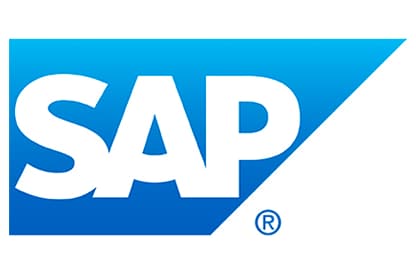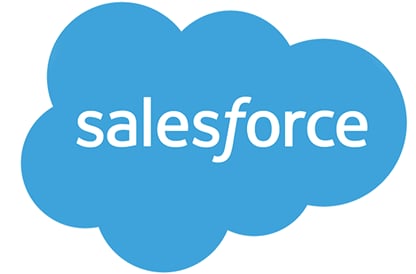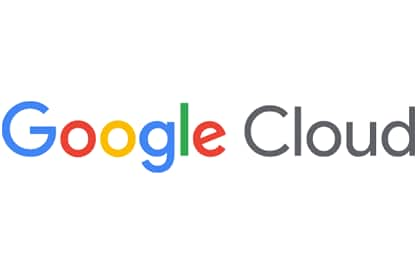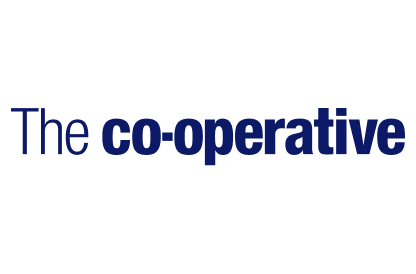The ideal scenario is that the solution is so reliable that you don’t notice and don’t stop to think about it. This is what we have achieved with OpenText Trading Grid.
The acquisition posed challenges, especially to those charged with integrating the different systems and infrastructures within the two businesses. With the low success rate of recent acquisitions in the UK supermarket sector, the Co-operative was determined to manage the acquisition smoothly and efficiently.
There were, naturally, many different aspects to the integration effort, including negotiations with the Office of Fair Trading about the location of newly acquired stores, which led to The Co-operative divesting some of the stores it had gained. Meanwhile, stores were rebranded and logistics processes were re-engineered.
Although The Co-operative and Somerfield had many suppliers in common, the overlap was not 100 percent. For example, The Co-operative had its own range of food grown on its own farms and, in line with its strong ethical credentials, The Co-operative’s extensive Fairtrade range covers over 200 own-branded and 60 branded Fairtrade products. The Somerfield stores had a different market profile and positioning, so an enormous amount of work was invested in aligning the outlets and product ranges.
Against such a complex background, it was vital for The Co-operative Food business to have a completely reliable electronic trading network that would allow it to go on trading with its partners through a process of change. The trading network had to be flexible and scalable to adapt to a changing business environment. A prime goal was to avoid any disruption with business as normal.
Trading network reliability
With its suppliers, the Co-operative Food business exchanges 70,000 invoices every week. There are around 1,400 suppliers who trade electronically with The Co-operative. A prime requirement was a system that could cope with this scale and volume of transactions. As a long-standing user of the OpenText™ Trading Grid™, The Co-operative can exchange standard business documents, such as purchase orders, invoices and advance ship notices with suppliers anywhere in the world in realtime. From the company’s perspective, the ability to mediate the differences between The Co-operative’s preferred document format and the formats chosen by trading partners is what makes the Trading Grid invaluable. OpenText masks the complexities of diverse internet communication standards, such as AS2, AS3, SFTP and FTPS, which reduces the support requirements and onboarding time required by individual suppliers as they connect to the trading network.
Trading Grid plays an important part in helping The Co-operative become an active business that can maintain a supply chain supported by uninterrupted, continuous flow of sales, shipment and payment information between organizations. The Co-operative can send and receive information in any format and via any method preferred by the trading partner in question without creating a technology challenge or costly support burden for the business.
High volume transactions
The sheer volume and value of invoices being exchanged on Trading Grid—approximately 85 million pounds (USD 135 million) worth of supplier invoices are traded electronically each week—makes the system a vital engine that powers The Co-operative Group’s business. Reliability is an absolute necessity. “Given the value of the transactions, this is an environment that you want to have up and running 24x7. The ideal scenario is that the solution is so reliable that you don’t notice and don’t stop to think about it. This is what we have achieved with OpenText Trading Grid,” explained Alan Broadhurst, a solution manager at The Co-operative.
One of the key benefits of the Trading Grid—aside from being business-critical—is that it does not require a large amount of internal resources dedicated to it. According to Andy Edmondson, an application analyst at The Co-operative, “One of the beauties of the application is that we do not need to have a large army of people attending to it. In fact, we have a team of just four Cooperative employees who have responsibility for managing the trading network at our end. The presence of OpenText means that we do not have to link directly with suppliers in terms of their connectivity since it takes care of that aspect of things.”






 The Co-operative Food
The Co-operative Food

